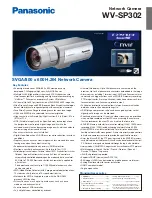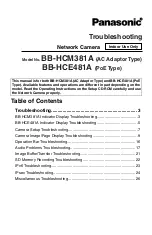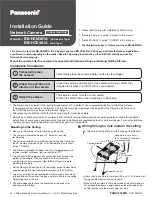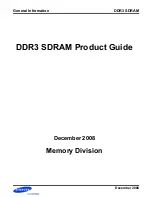
OptiX OSN 7500
Technical Manual - System Description
3 Hardware
Huawei Technologies Proprietary
2-12
Table 2-7
Maximum number of MSP rings supported by the OptiX OSN 7500
Protection scheme
Max. number of MSP rings
STM-64 four-fiber MSP ring
4
STM-64 two-fiber MSP ring
8
STM-16 four-fiber MSP ring
20
STM-16 two-fiber MSP ring
40
2.
Adjustable MS Bandwidth
In terms of MSP, the OptiX OSN 7500 supports bandwidth adjustment by VC-4, that is,
for an STM-64 ring, its MS bandwidth can change from one VC-4 to 32 VC-4s.
3.
Four Sets of MS K Bytes
For the STM-64 optical interface, the OptiX OSN 7500 can process four sets of MS K
bytes simultaneously. Up to four MS rings can be constructed through an STM-64
optical interface.
4.
Suppression Function in MS
The OptiX OSN 7500 can suppress misconnected VC-4 services. In the MSP ring,
each protection timeslot is shared by different segments or occupied by extra traffic.
When there is no extra traffic within the ring, if a certain node is segregated due to
failure of multiple nodes, the traffic of different segments that occupies the same
timeslot may contend for the timeslot and result in misconnection of traffic. When there
is extra traffic transmitted over the protection path, even in the case of failure of a
single node, the traffic of the working path may contend for the timeslot on the
protection path that carry extra traffic and result in misconnection.
To prevent misconnection, a detailed connection table is created for each node of the
OptiX OSN 7500. Each node knows the source point and destination point of each
AU-4. Then through APS commands, the node can detect probable misconnection in
advance, and discard the probably misconnected traffic by inserting the AU-AIS
alarm.
2.8
DCN Communication
To support intelligent features, the OptiX OSN 7500 demands a large capacity of
bandwidth for management purpose. Traditional DCC channels (D1–D12) fail to
provide enough bandwidth to transmit intelligent signaling. However, the OptiX OSN
7500 extends the DCC channels to a bandwidth of 2 Mbit/s or 2.8 Mbit/s by flexibly
combining DCC bytes in a STM-N signal.
















































